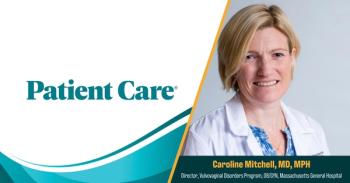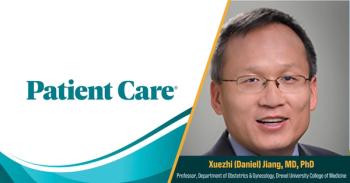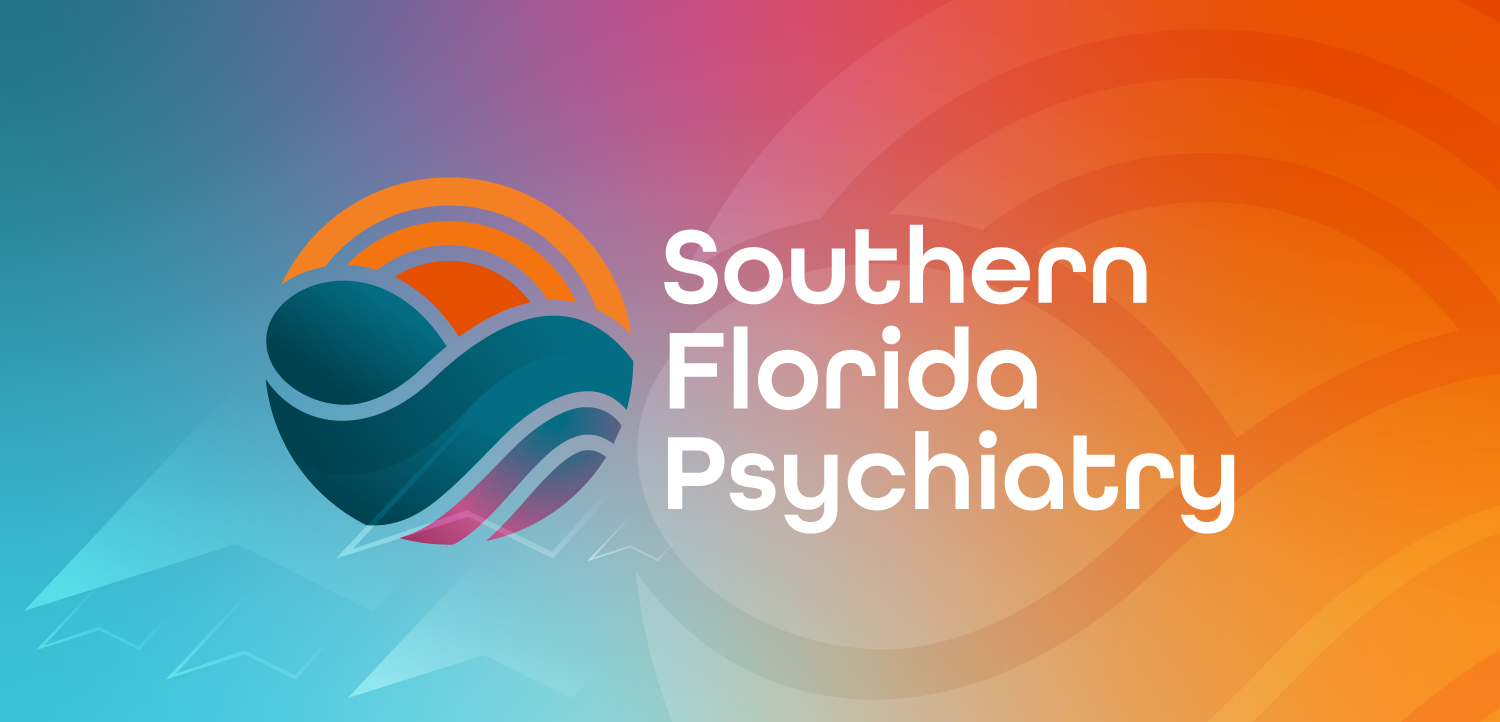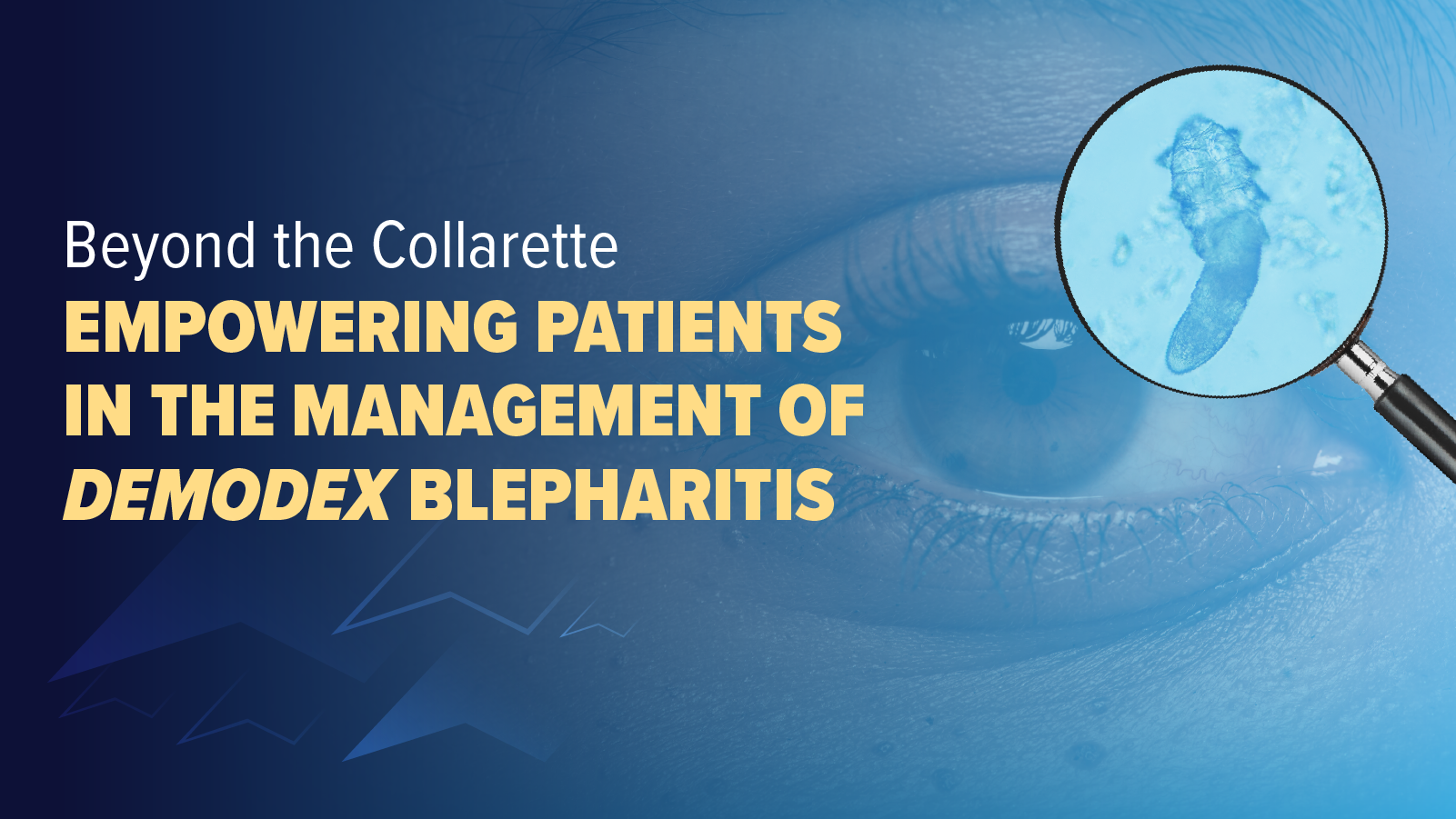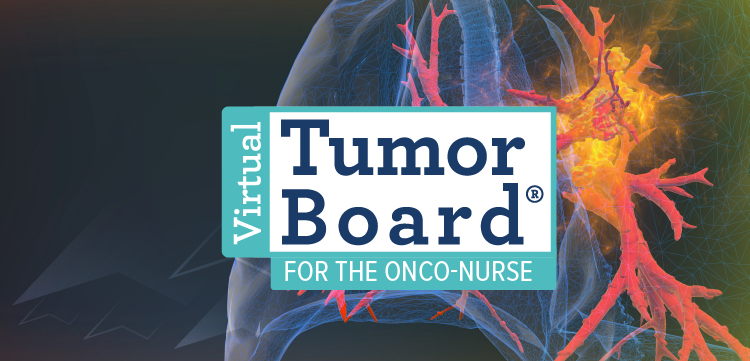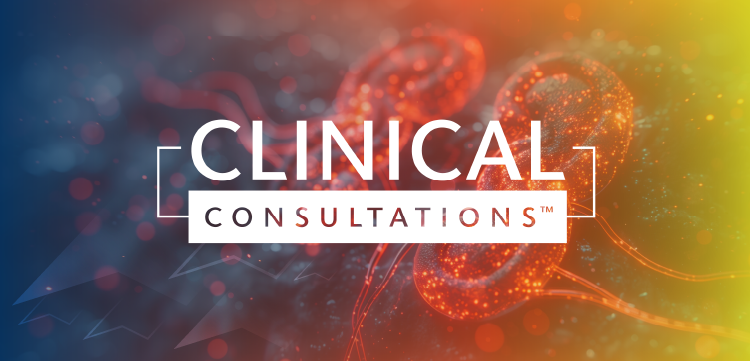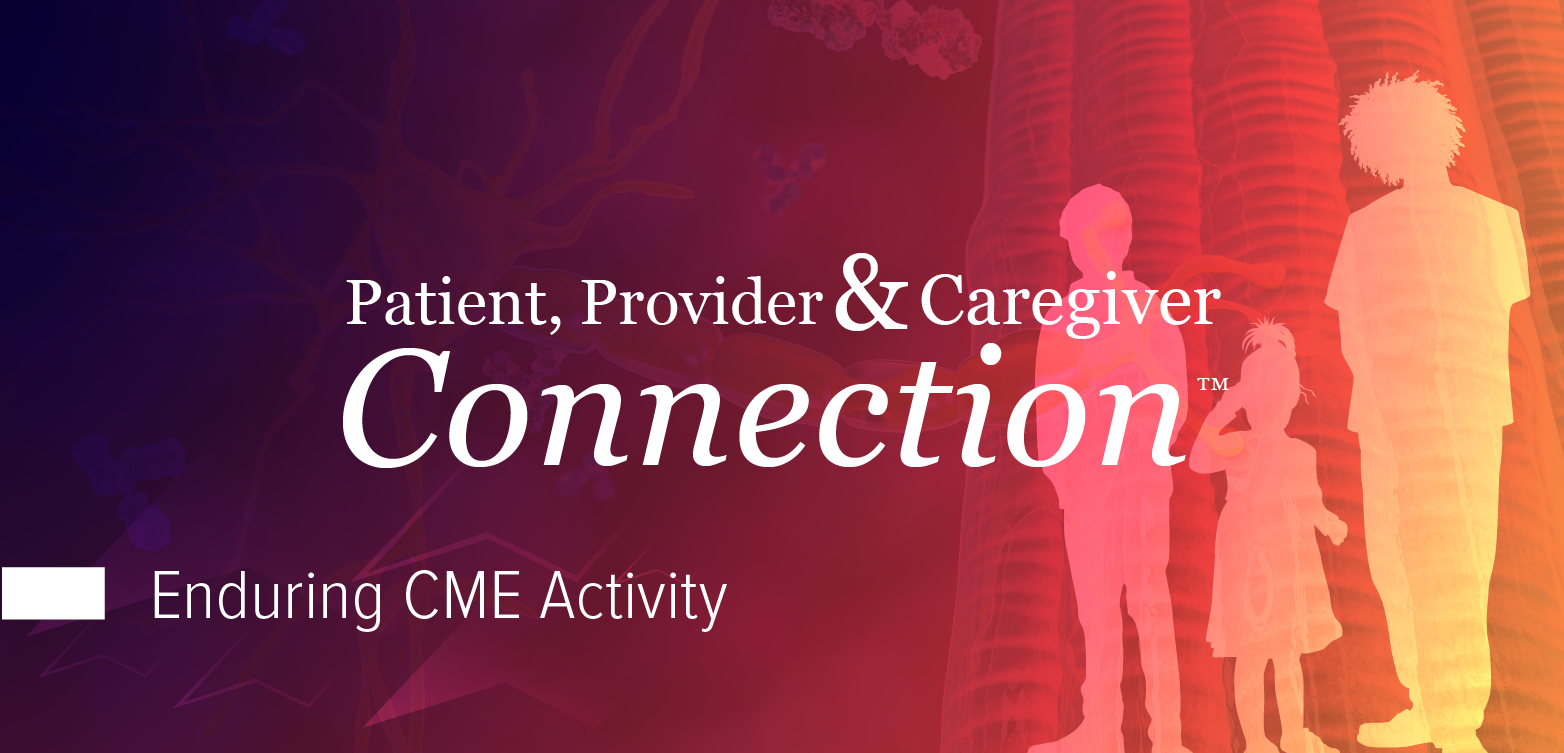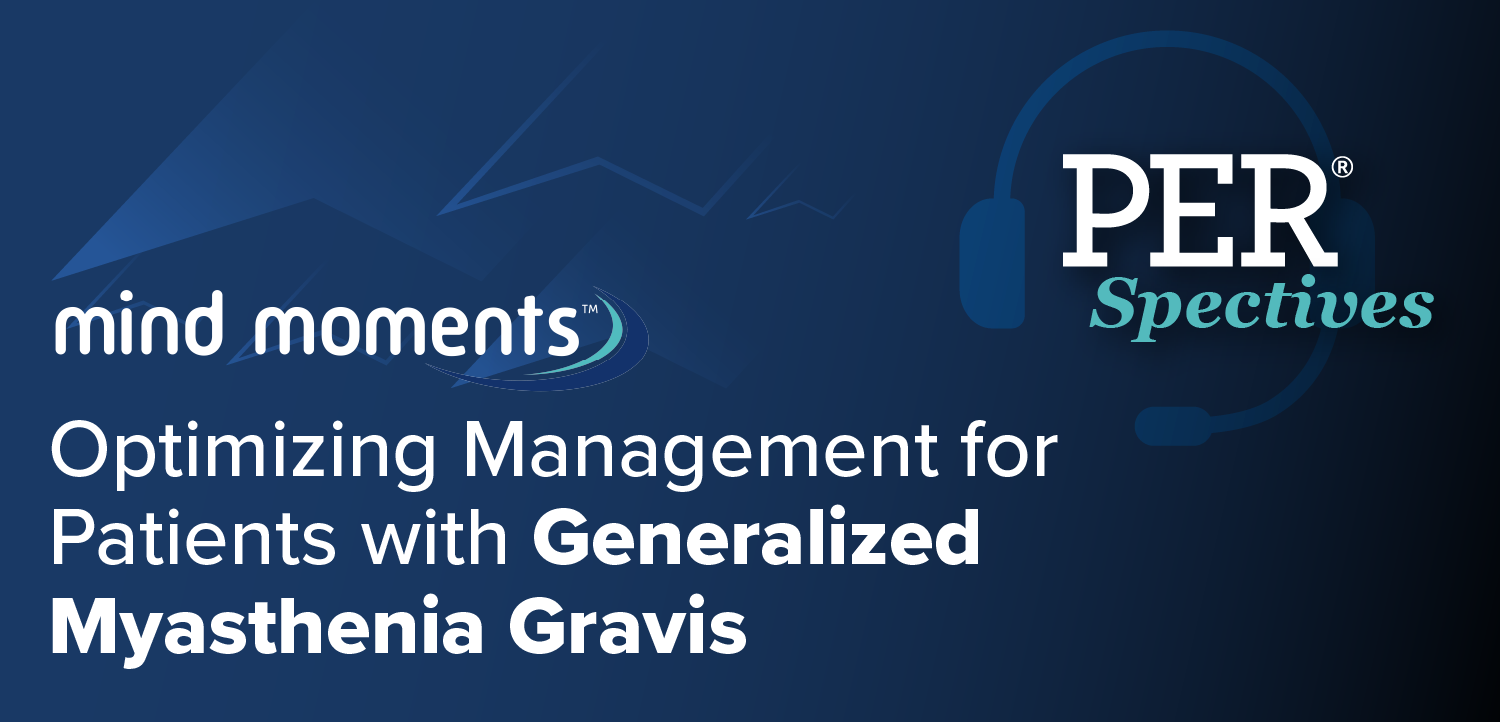
Postpartum Inpatient HPV Vaccination Significantly Boosts Uptake at Urban Hospital, Study Finds

An intervention that included educational materials for clinicians on a multidisciplinary prenatal and postpartum care team helped drive acceptance.
Inpatient administration of the nonavalent human papillomavirus (9vHPV) vaccine led to a nearly 18-fold increase in postpartum vaccination rates among eligible patients at a Baltimore hospital, according to new research presented at the 2025 American College of Obstetricians and Gynecologists (ACOG) annual Clinical & Scientific Meeting.1
The study, conducted at Sinai Hospital in Baltimore, enrolled 228 women aged 15 to 45 years who received prenatal care and delivered during a 6-month period, according to first and presenting author Sarah Osaheni, DO, from the department of obstetrics and gynecology at Sinai Hospital, and colleague Melissa Foy, DO. Among these participants, 158 (69.2%) were eligible for the 9vHPV vaccine. In the preintervention period—prior to the availability of inpatient postpartum vaccination—only 1 of 69 eligible patients (1.45%) received the vaccine.1
When the vaccine was approved for inpatient postpartum administration, educational materials on the indication were distributed to a multidisciplinary prenatal and postpartum care team. Following the approval and the educational intervention, 23 of 89 eligible patients (25.8%) received the vaccine postpartum, a statistically significant difference in uptake (P ≤.001), according to the study abstract.1
Eligibility for vaccination varied significantly based on care setting and patient age. Patients who received care at the resident clinic were more likely to be eligible than those followed in the faculty clinic (P =.007), and older patients were significantly more likely to qualify for vaccination than their younger counterparts (P ≤.001).1
The findings underscore both the feasibility and the effectiveness of incorporating HPV vaccination into inpatient postpartum care workflows in improving vaccine uptake, Osaheni and Foy concluded, particularly in low-income, urban hospital settings.1
Their findings are supported by previous research. A similar study, albeit using a somewhat more comprehensive intervention, concluded that "High [HPV vaccination] completion rates can be achieved if adequate support is provided, even among patients residing in rural or underserved areas who need extensive support to access primary healthcare services."2
According to study authors, over 4 years, HPV vaccine uptake rates among women aged 26 years and younger increased from 29.8% at admission to 85.4% of eligible postpartum patients at a single urban hospital. When the intervention program was expanded to 36 counties, investigators saw a similar increase—from 20.5% of eligible patients at admission to 81.1%. Inclusion of postpartum HPV vaccination in routine postpartum care, they emphasized, is a "relatively easy way" to reach young adults who have not received immunization earlier. It could also help address "low vaccination rates among young women in the United States, including hard-to-reach populations."2
The ACOG Annual Clinical and Scientific meeting is being held May 16-18, 2025 in Minneapolis, MN.
References
1. Osaheni S, Foy M. Postpartum inpatient human papillomavirus vaccination. Abstract presented at: 2025 American College of Obstetricians and Gynecologists Annual Clinical & Scientific Meeting; May 16-18, 2025; Minneapolis, MN.
2. Berenson AB, Hirth JM, Kuo Y-F, Rupp RE. Quantitative and qualitative assessment of an all-inclusive postpartum human papillomavirus vaccination program. Am J Obstet Gynecol. 2021;224:504.e1-9. doi:10.1016/j.ajog.2020.11.033
Newsletter
Enhance your clinical practice with the Patient Care newsletter, offering the latest evidence-based guidelines, diagnostic insights, and treatment strategies for primary care physicians.



